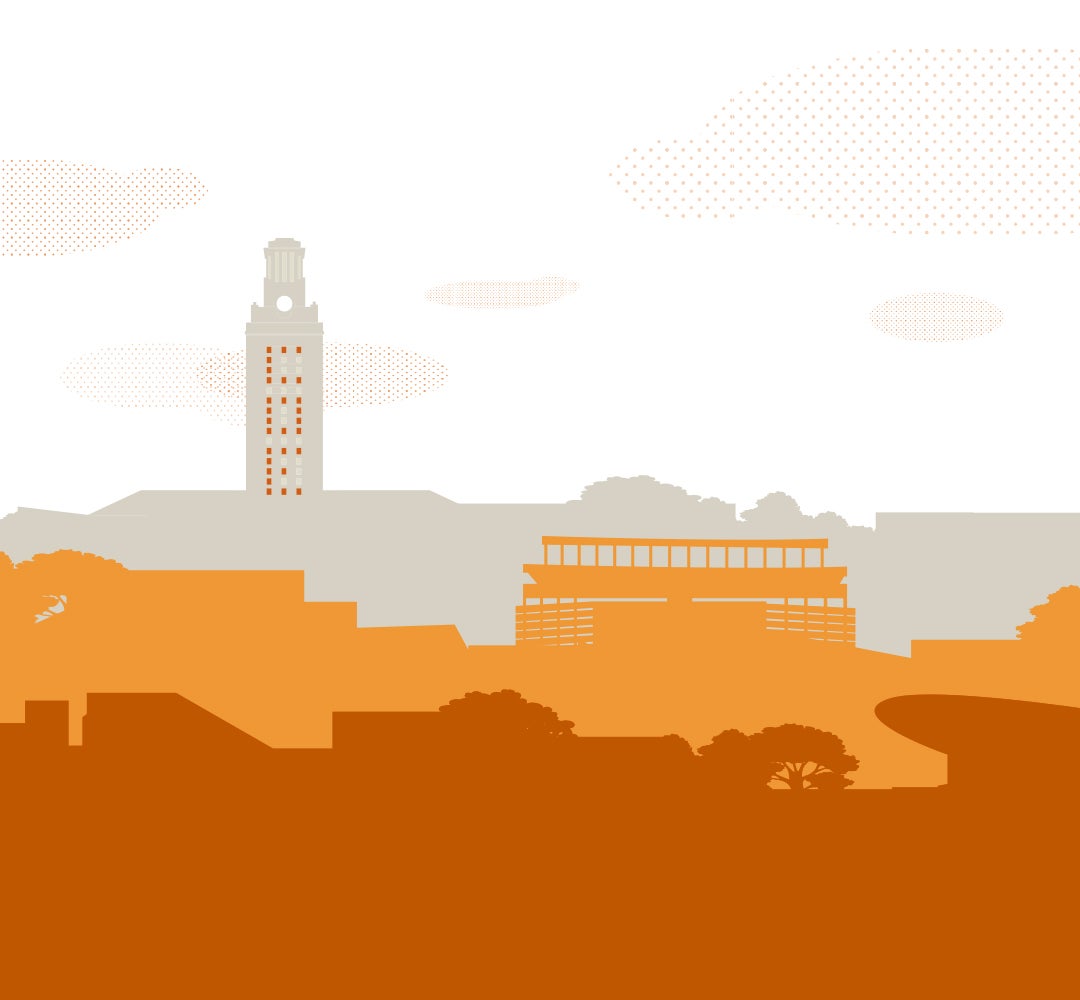Hao-Yuan Hsiao

Director, Biomechanics and NeuroRehabilitation Graduate Program
Joe R. & Teresa Lozano Long Endowed Faculty Fellows Fund (Holder)
Phone: +1 512 232 1782
Email: hhsiao@austin.utexas.edu
Office: BEL 532
Office Hours: By appointment or Tuesday/Thursday 11-noon
View Curriculum Vitae (pdf)
Hao-Yuan Hsiao is an associate professor at The University of Texas at Austin. He received a B.S. and M.S. in Electrical Engineering from National Taiwan Ocean University in Taiwan before acquiring a M.Eng. in Biomedical Engineering from Cornell University. In 2015, Hsiao earned his Ph.D. in Biomechanics and Movement Science from the University of Delaware, where his dissertation was titled "Mechanisms For Increasing Propulsive Force During Walking In Individuals Poststroke." He then completed a postdoctoral fellowship in the Department of Physical Therapy and Rehabilitation Science at the University of Maryland Baltimore.
Studies the biomechanical and neuromuscular control mechanisms of human movement and translates this knowledge into practical solutions that reduce walking-related disability.
We explore the feasibility and effectiveness of using treadmill oscillation to promote weight transfer during walking.
This project aims to develop and test a portable system that provides audio and visual feedback of weight bearing information during locomotion. This system has the potential to improve weight bearing in individuals post-stroke.
This project aims to develop a mathematical model using frontal plan biomechanical variables to predict weight bearing during gait. Success development of this model will allow us to understand how individuals modulate these biomechanical factors to change weight bearing and how impairments in frontal plane movements may affect weight bearing during walking in clinical populations such as older adults and individuals post-stroke
This project applied changes in unilateral treadmill belt speed during a specific phase of gait to study neuromechanical mechanisms of limb loading rate.
In collaboration with Roboligent and Human Centered Robotics Laboratory, this project leverage AI, machine learning, and robotics to develop a therapeutic robot that is capable of learning movements from the therapists. Our research group will pilot human subject testing on this advanced robotic system.
Postural Reaction to Unilateral Vertical Displacement of Ground Support in Individuals Post-stroke.
This project studies how Tai-Chi stepping and ground support perturbation affects lateral stability.
University of Texas at Austin
| Year | Semester | Course |
|---|---|---|
| 2024 | Spring | KIN 326K: Biomech Anly Of Movement |
| 2023 | Fall | KIN 326K: Biomech Anly Of Movement |
| 2023 | Summer | KIN s326K: Biomech Anly Of Movement-Wb |
| 2023 | Spring | KIN 326K: Biomech Anly Of Movement |
| 2022 | Fall | KIN 326K: Biomech Anly Of Movement |
| 2022 | Spring | KIN 386: 1-Rsch Meths: Proposal Writing |
| 2022 | Spring | KIN 326K: Biomech Anly Of Movement |
| 2021 | Fall | KIN 326K: Biomech Anly Of Movement |
| 2021 | Spring | KIN 326K: Biomech Anly Of Movement |
| 2020 | Fall | KIN 386: 1-Rsch Meths: Proposal Writing |
| 2020 | Fall | KIN 197: Research Problems |
| 2020 | Fall | KIN 397: Research Problems |
| 2020 | Spring | KIN 320: Appld Biomechs Of Human Movmnt |
| 2019 | Fall | KIN 386: 1-Rsch Meths: Proposal Writing |
| 2019 | Spring | KIN 395: 59-Biomechs In Clincl Settings |
| 2018 | Fall | KIN 382: 4-Biomechanics Laboratory |
Neurorehabilitation and Biomechanics Laboratory
The mission of the Neurorehabilitation and Biomechanics laboratory is to understand the mechanisms of biomechanical and neuromuscular control of normal and pathological movements, and to apply this knowledge to design interventions that improve functional movements such as walking.
We use motion analysis and modeling techniques to develop a mechanism-based framework to advance the understanding of human movement. In addition, we are interested in integrating novel technologies to develop therapeutic interventions.

